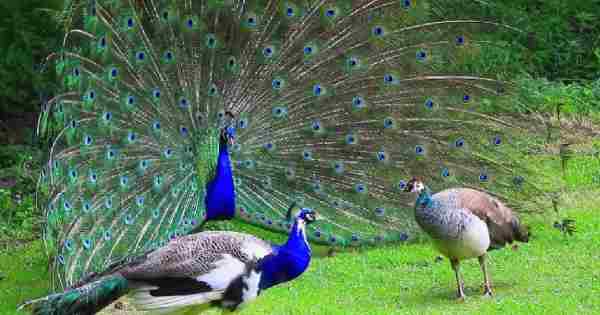Rain, a natural phenomenon intertwined with life’s rhythms, has fascinated and inspired cultures across the world for millennia. Beyond its meteorological significance, rain has been imbued with symbolism, mysticism, and cultural relevance. In various traditions and beliefs, animals have been seen as heralds, companions, or Animals Associated With Rain.
Table of Contents
From amphibians croaking harmoniously to birds taking to the skies, these creatures have captivated the human imagination, embodying the essence of rain. In this article, we embark on a journey to unravel the mystique behind animals that share a unique and often sacred relationship with rain.
We delve into the stories, symbolism, and ecological connections that have woven these creatures into the fabric of rain’s profound impact on our world, inviting you to explore the enchanting realm where the animal kingdom meets the celestial dance of raindrops.
Overview of the Phenomenon of Rain and Its Importance:
Rain, a meteorological marvel, is a fundamental element of the Earth’s hydrological cycle, crucial for sustaining life. It’s the magical process where water vapor condenses, forming droplets that descend from the skies, rejuvenating the land. The importance of rain transcends its role in nourishing crops and ecosystems; it’s an integral part of human culture, folklore, and spirituality.
From ancient rituals invoking rain to contemporary celebrations praying for a good harvest, rain has consistently held profound significance in human lives. It’s a symbol of renewal, a source of inspiration for poets and artists, and a reminder of the Earth’s interconnectedness. In exploring the animals associated with rain, we unveil a captivating dimension of this phenomenon, showcasing the harmonious relationship between nature and culture.
Animals in Folklore and Culture:
Throughout history, cultures around the world have revered animals as symbols of weather, including rain. Animals like frogs, snakes, and certain birds have often been associated with rain due to their behaviors or habitats. In various folklore and mythology, these creatures have been depicted as rain-bringers, guardians of rainforests, or messengers of impending precipitation.
Such symbolism extends to rituals and ceremonies where animals are invoked to bring rain during dry spells or to protect communities from storms. The cultural significance of animals intertwined with rain demonstrates the deep-rooted connection between humans, nature, and the mystical elements of weather, enriching our understanding of the diverse ways in which cultures interpret and honor the natural world.
Frogs:
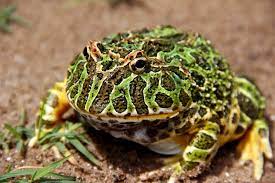
Frogs, small and elusive, embody a delightful connection to rain. Their croaking symphony graces the air after showers, especially prevalent in tropical climates. As rain quenches the earth, frogs become more active, seeking mates and moist environments. Their chorus, a proclamation of the renewed vitality rain brings, is a testament to their ecological role and a welcome serenade to the arrival of precipitation. In folklore and cultural symbolism, frogs often represent transformation, cleansing, and renewal, capturing the essence of rain’s rejuvenating touch on the natural world.
Toads:

Like their amphibian cousins, toads are linked to rain, showcasing an intimate bond with moisture and wet weather. After rainfall, these creatures emerge, hopping onto wet ground to feed and mate. Their association with rain is not only biological but also cultural, often portrayed in stories and myths across various societies. Toads, with their distinctive appearance and behavior, stand as gentle heralds of rain, embodying the interconnectedness of life and the environment.
Snails:

Sluggish yet charming, snails make their appearance after rain, gliding gracefully across damp surfaces. The moisture from rain invigorates these creatures, allowing them to venture out in search of food and new territories. Their symbolic link to rain lies in their affinity for wet environments, showcasing how simple creatures are attuned to the changes brought about by precipitation. In art and literature, snails are sometimes used to depict the slow and steady rhythm of rain, further cementing their association with this vital meteorological event.
Worms:
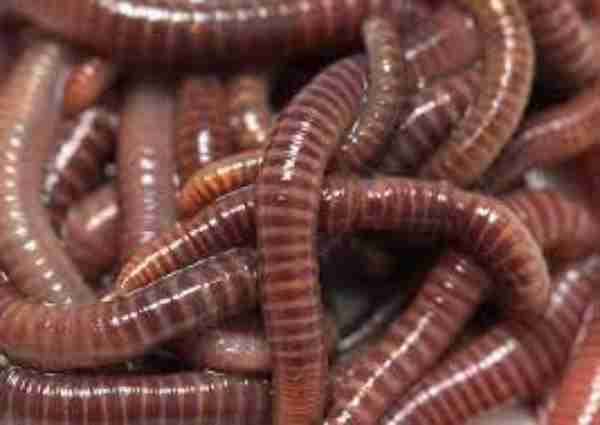
Worms, the unsung heroes of soil health, play a crucial role after rain. Rainfall brings them to the surface, aiding in soil aeration and nutrient cycling. Their appearance above ground is a visible sign of the earth’s response to rain. As they wriggle through the moistened soil, they enrich it, benefiting plants and organisms in the ecosystem. Culturally, worms are a symbol of fertility and vitality, often linked to the nourishing effect of rain on the land.
Ducks:
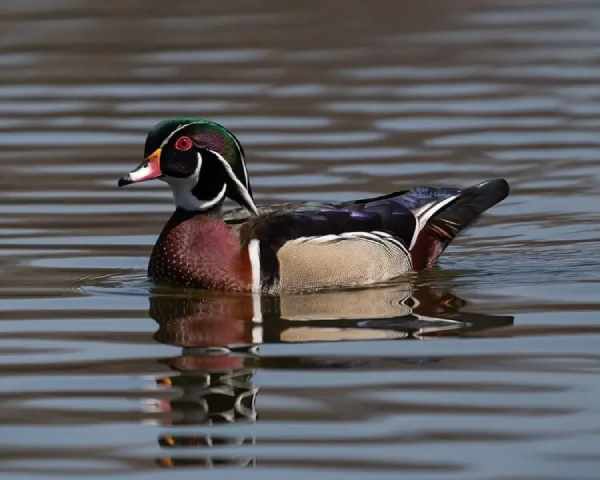
Ducks, with their affinity for water, are often seen enjoying the outdoors more after rain. Puddles, lakes, and rivers become inviting habitats post-rain, attracting ducks for swimming and foraging. Their playful antics in the water make them a delightful sight during or after a downpour, symbolizing the harmonious relationship between waterfowl and rain.
Cranes:

Cranes, majestic birds often associated with wetlands and open landscapes, display unique behaviors tied to rain. During or after a rainfall, cranes engage in elaborate mating dances, spreading their wings and performing intricate movements. This ritual is not only a courtship display but also an expression of joy and vitality associated with rain. Across various cultures, cranes symbolize longevity, happiness, and good fortune, linking them to the positive and rejuvenating aspects of rain.
Elephants:
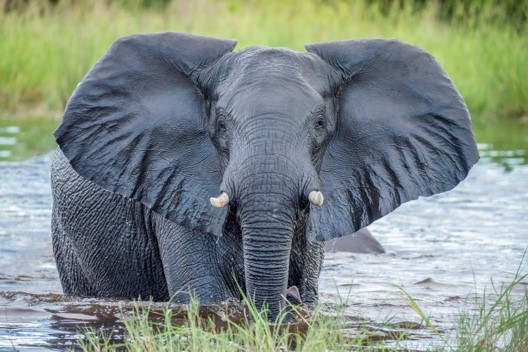
Elephants, the gentle giants of the animal kingdom, have a joyful response to rain, a behavior known as “rain dance.” When rain falls, elephants often revel in the moisture, rolling in the wet earth or mud, and playfully spraying water. This behavior not only helps them cool down but also showcases their profound connection to the environment. In cultures where elephants are revered, this rain dance is a symbol of blessings and abundance.
Peacocks:
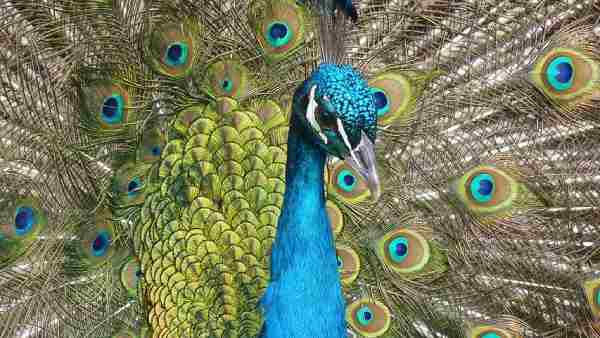
Peacocks, renowned for their stunning iridescent plumage, have an association with rain deeply rooted in symbolism and folklore. During the rainy season, male peacocks unfurl their extravagant tail feathers in a dazzling display, often interpreted as a signal for rain. In cultures around the world, peacocks are a symbol of beauty, renewal, and the cyclical nature of life, making them a fitting emblem for the transformative power of rain.
Certain Fish (e.g., catfish):
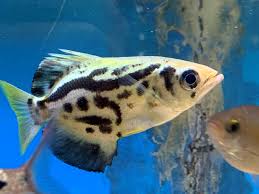
In fishing communities, certain fish, like catfish, are associated with rain. Fishermen note increased activity and better catch rates during or after rain. The refreshed and oxygenated water after rainfall tends to attract these fish to the surface, making them more susceptible to fishing.
Butterflies:

While not directly linked to rain, the presence of butterflies is often associated with a change in weather. After rain, when the skies clear and the sun reemerges, butterflies flutter around, signaling a shift in atmospheric conditions. They symbolize transformation, growth, and the beauty that follows a cleansing rain.
These animals, whether through their behaviors, cultural symbolism, or ecological interactions, establish a rich connection between the natural world and the phenomena of rain, embodying the essence of renewal and vitality that rain brings to our surroundings.
Salamanders:

Salamanders, fascinating creatures known for their amphibious lifestyle, often exhibit increased activity after rainfall. Their skin is permeable, allowing them to absorb moisture from the damp ground, making post-rain periods favorable for their movement and foraging. Salamanders play a vital role in the ecosystem by controlling insect populations and serving as indicators of environmental health. The sight of salamanders emerging after a refreshing rain serves as a reminder of nature’s resilience and adaptability.
Waterfowl (e.g., geese, swans):
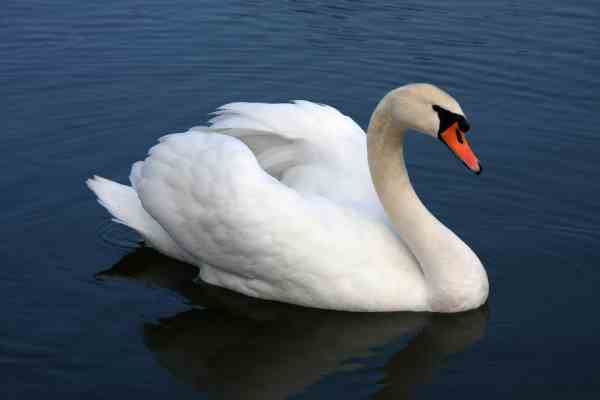
Waterfowl, including geese and swans, are closely associated with rain due to their preference for wetlands, lakes, and rivers. Rain often creates or enhances water bodies, providing more attractive habitats for these birds. Their graceful presence and playful activities on water surfaces after rain portray a peaceful harmony between these creatures and rain-induced landscapes.
Cattle (e.g., cows):

Cattle, when experiencing warm rain, often display heightened activity and appear invigorated. The rain cools their skin and provides relief from heat, leading to increased movement and grazing. This association showcases the immediate positive effect that rain can have on livestock and their well-being.
Ants:

Ants, social insects with complex and fascinating behaviors, are known to be more active after rain. The dampened soil makes it easier for them to excavate, forage, and construct their nests. Observing ant colonies bustling with activity after rain underscores the insect world’s response to changes in weather and environmental conditions.
Robins:

Robins, commonly seen in gardens and yards, are often associated with rain due to their behavior. They are known to forage more actively on lawns and open areas after rain, searching for earthworms and insects that surface during damp weather. Their presence and foraging habits after rain exemplify the interconnectedness of birdlife and rain-induced ecological changes.
Ecological Roles and Scientific Perspectives:
In the realm of ecology, animals play pivotal roles in the water cycle and contribute to rain formation through complex mechanisms. For instance, trees release organic compounds that become aerosols, promoting cloud formation. Birds, bats, and insects aid in pollination and seed dispersal, fostering vegetation crucial for maintaining regional weather patterns.
Furthermore, amphibians’ mating calls can be an indicator of impending rains, illustrating the intricate ecological relationships between animals and the weather. Scientifically, understanding these roles sheds light on how ecosystems are intricately connected, emphasizing the need for conservation efforts to protect these species and maintain a delicate ecological balance that sustains rainfall and our environment.
Final Words:
Rain, a phenomenon of immense importance to our planet and its inhabitants, carries a unique beauty that transcends the meteorological realm. The animals associated with rain symbolize the interplay between nature’s wonders and human interpretation, revealing the rich tapestry of beliefs and cultures that have evolved over centuries.
As we celebrate the life-giving rains and the creatures entwined with them, let us remember the delicate harmony between the natural world and our diverse cultures. It is a reminder that even in the face of modernity, we remain deeply connected to the elements, a bond that impels us to honor and preserve the beauty and wonder of our environment for generations to come.
Reference:
- https://wildlifesos.org/animals/animals-that-welcome-the-monsoon/
- https://weather.com/en-IN/india/monsoon/news/2023-06-02-monsoons-messengers-creatures-that-signal-rains-arrival-in-india
- https://brainly.in/question/33127305
A motivated philosophy graduate and student of wildlife conservation with a deep interest in human-wildlife relationships, including wildlife communication, environmental education, and conservation anthropology. Offers strong interpersonal, research, writing, and creativity skills.

